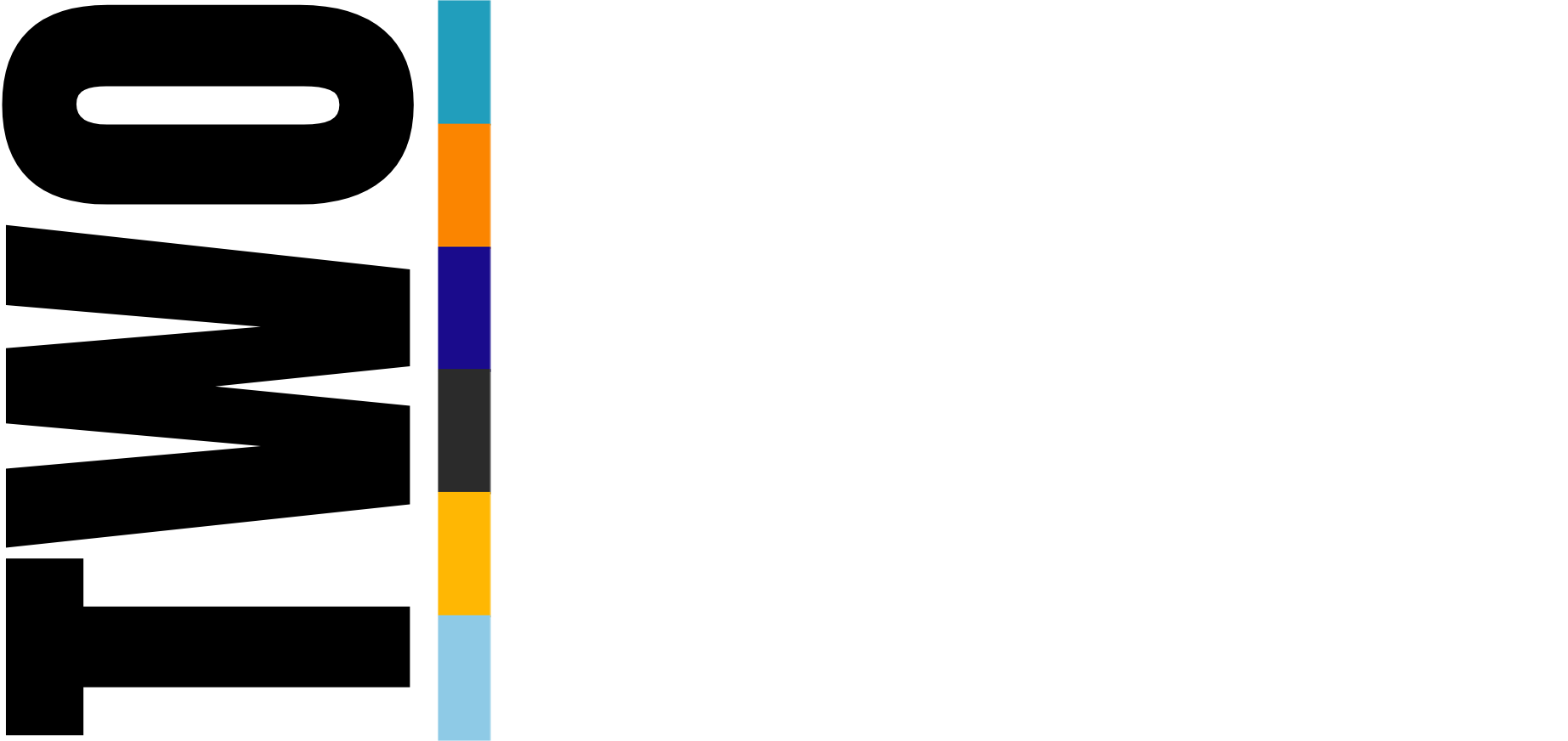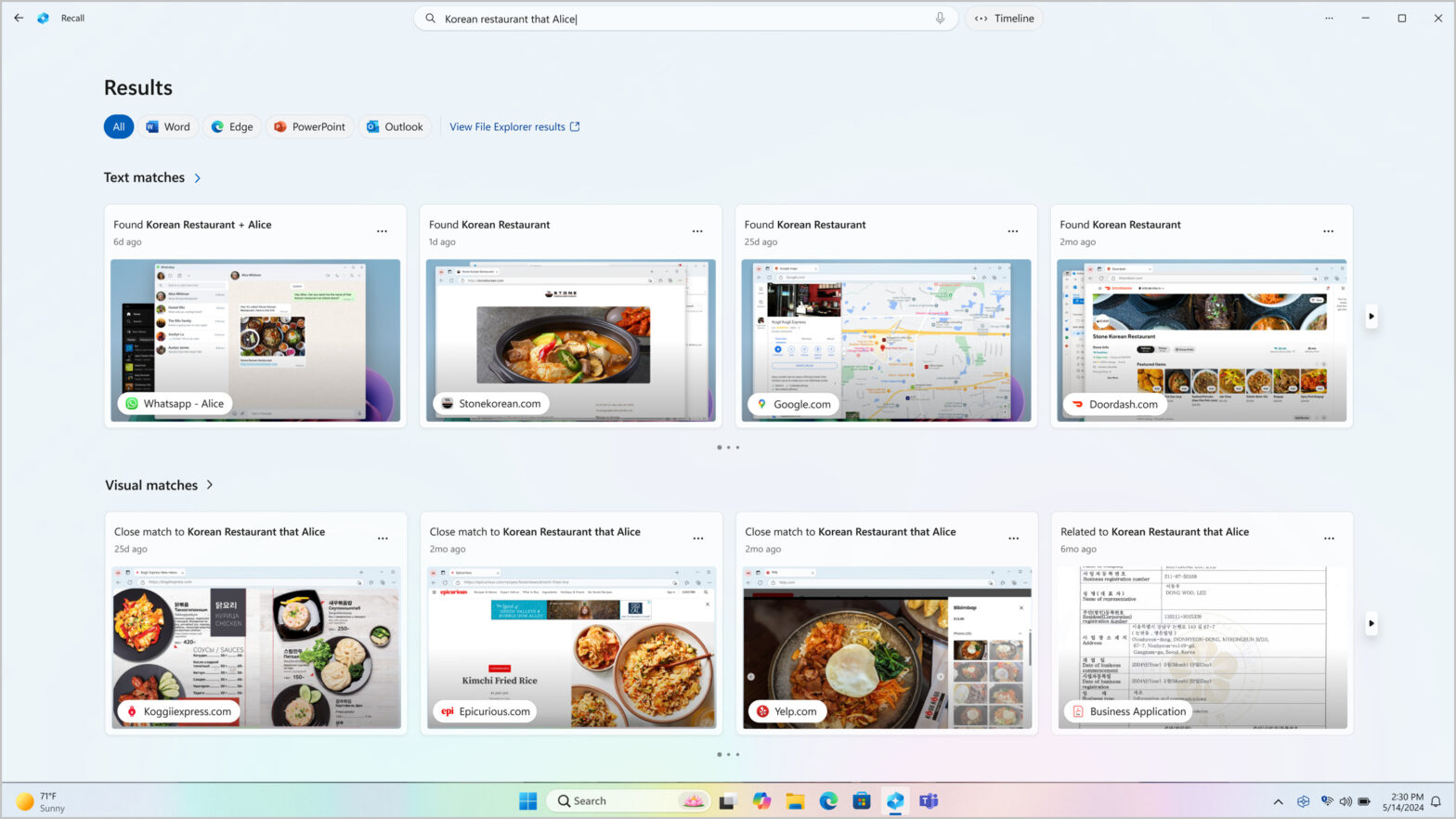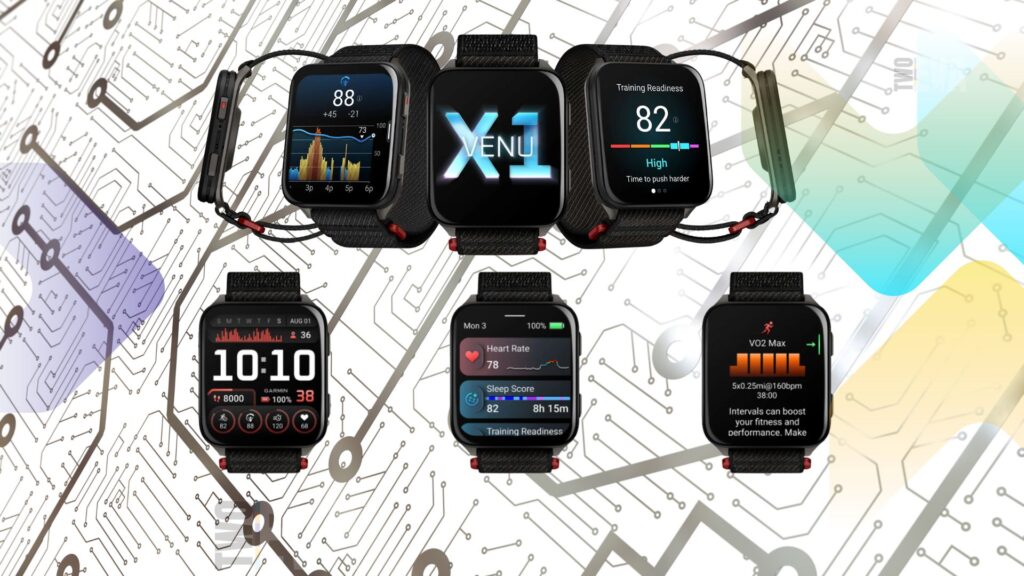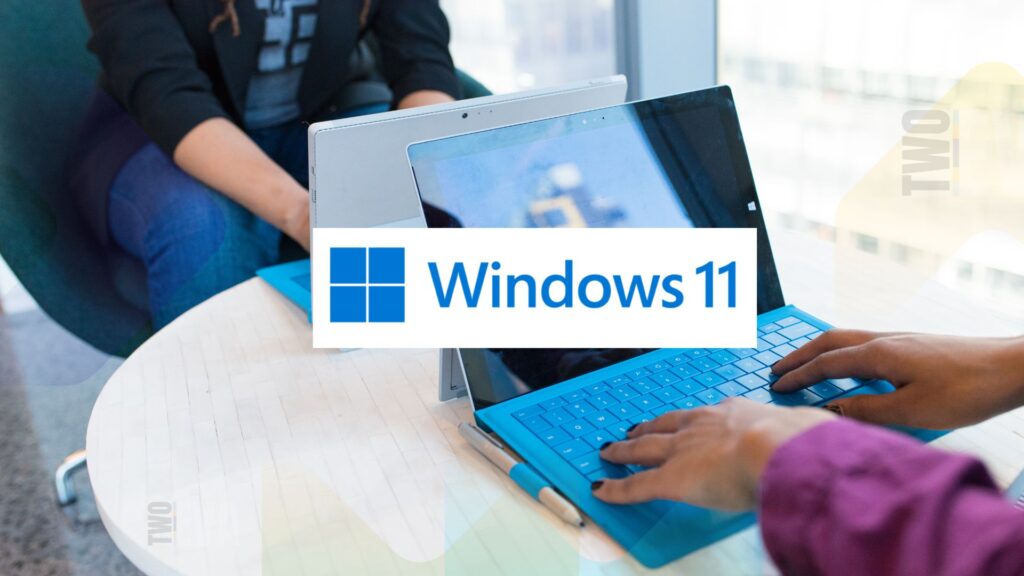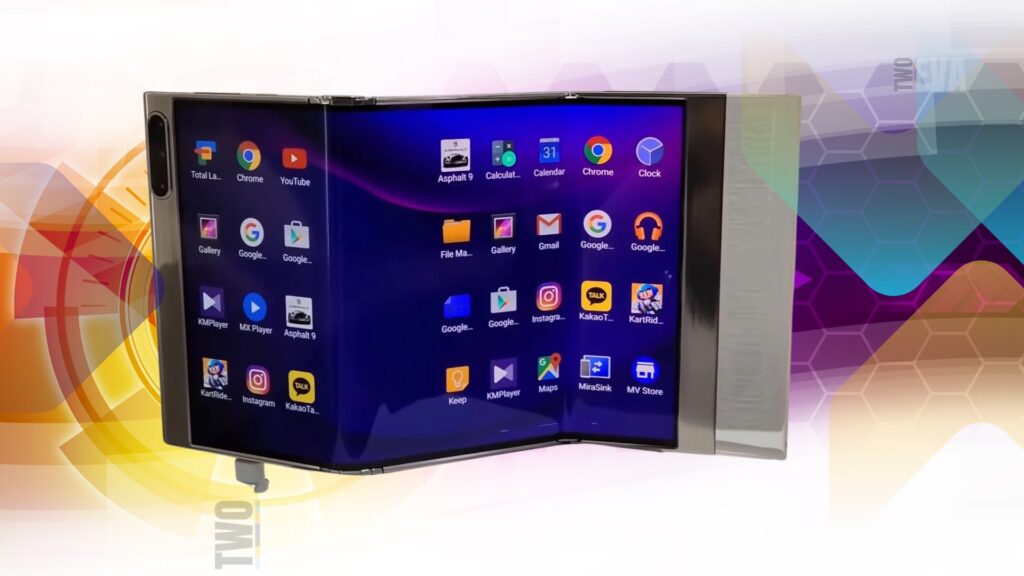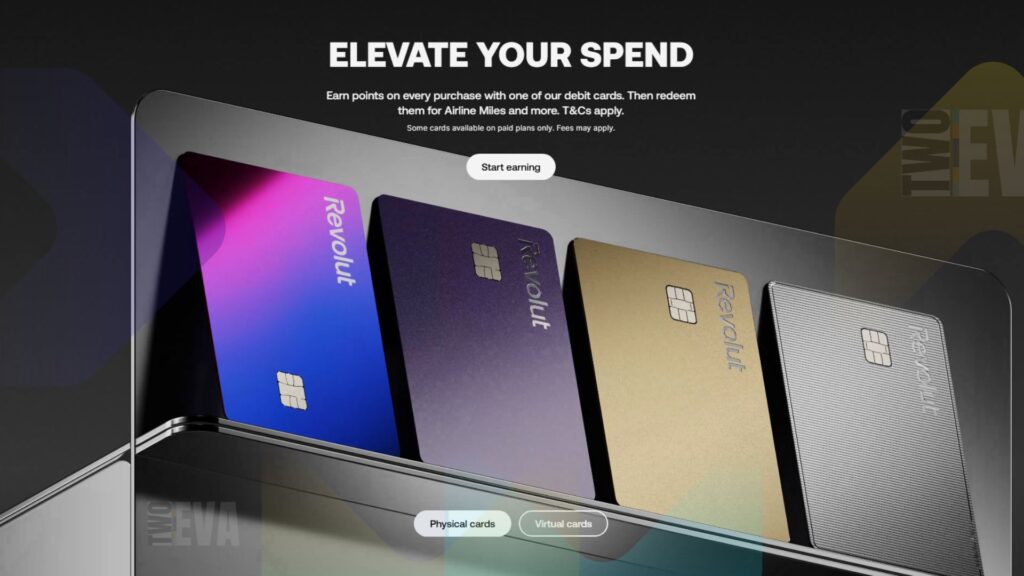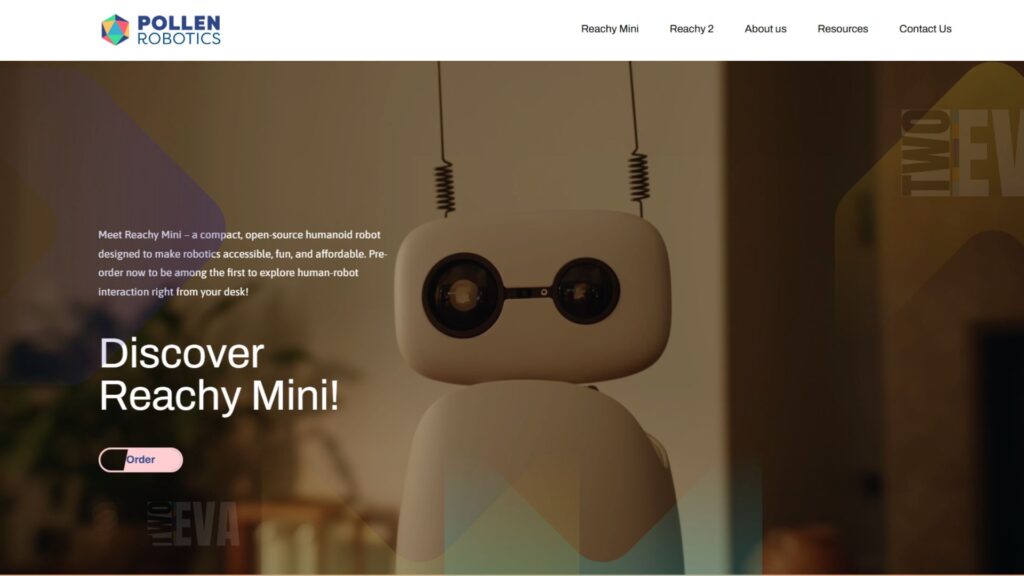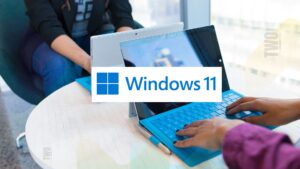Microsoft’s ambitious Recall AI feature, aimed at revolutionizing personal computing through constant activity tracking, has faced yet another delay, now rescheduled for December 2024. Originally intended for a June release, the AI-powered tool has encountered ongoing setbacks due to significant privacy and security concerns raised by users and privacy advocates alike.
Understanding the Recall Feature
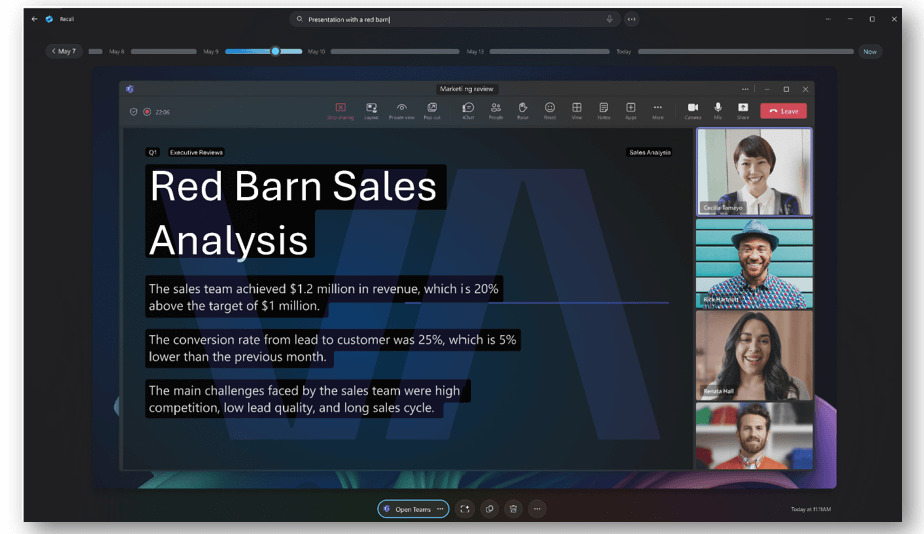
Recall was first announced in May 2024 as an opt-out AI tool that continuously captures screenshots of user activity on Windows devices, enabling users to search through their past PC interactions with natural language queries. In Recall, your timeline is organized into segments—blocks of time when snapshots of your screen were captured while you were using your PC. Hover over the timeline to preview and review your activity. This function is especially appealing for individuals needing to retrace previous tasks or information but has raised red flags among privacy experts. Microsoft has responded by modifying the feature, making it opt-in and adding numerous security layers to address the initial backlash.

“We are committed to delivering a secure and trusted experience with Recall. To ensure we deliver on these important updates, we’re taking additional time to refine the experience before previewing it with Windows Insiders,” stated Brandon LeBlanc, Windows Senior Product Manager, in a recent announcement.
Privacy Concerns Drive Revisions
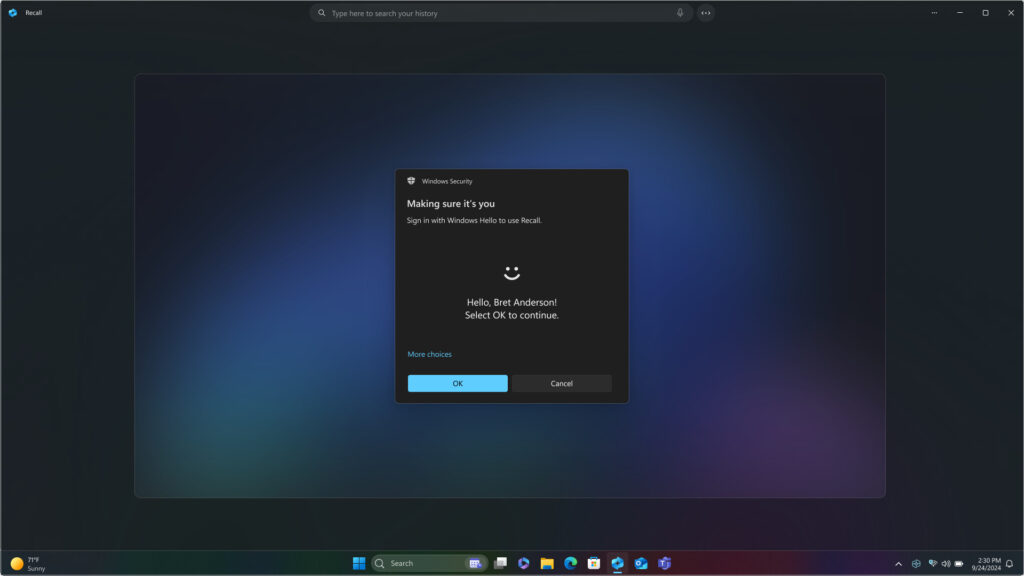
Credit: Microsoft
Initial reports highlighted various privacy risks with Recall, sparking intense public criticism. Early iterations of the tool stored user data unencrypted and required no explicit consent for activation, leading privacy advocates to label it as a potential “privacy nightmare.” As backlash mounted, Microsoft committed to overhauling the feature’s design, focusing on user control and data security.
Some of the significant privacy-driven changes include:
- Data Encryption: Originally unencrypted, all Recall data is now stored in a Virtualization-Based Security (VBS) Enclave, protected by encryption keys within a Trusted Platform Module (TPM). This secures the data against unauthorized access.
- Opt-In Activation: Recall’s default setting is now opt-in, allowing users to choose whether to enable the feature. This shift gives users control, addressing widespread concerns over automatic data collection.
- Windows Hello Authentication: Each access to Recall data requires biometric authentication through Windows Hello, which means even if a device is compromised, data is still protected.
- Sensitive Data Filtering: Recognizing the risk of sensitive information exposure, Microsoft has added filters to prevent the tool from capturing critical data such as passwords, banking details, and medical information. Private browsing activity, like Chrome’s Incognito Mode, is also excluded from Recall’s capture scope.
These changes reflect Microsoft’s commitment to security and transparency in the face of mounting scrutiny from users and privacy experts.
Multiple Delays and User Reactions
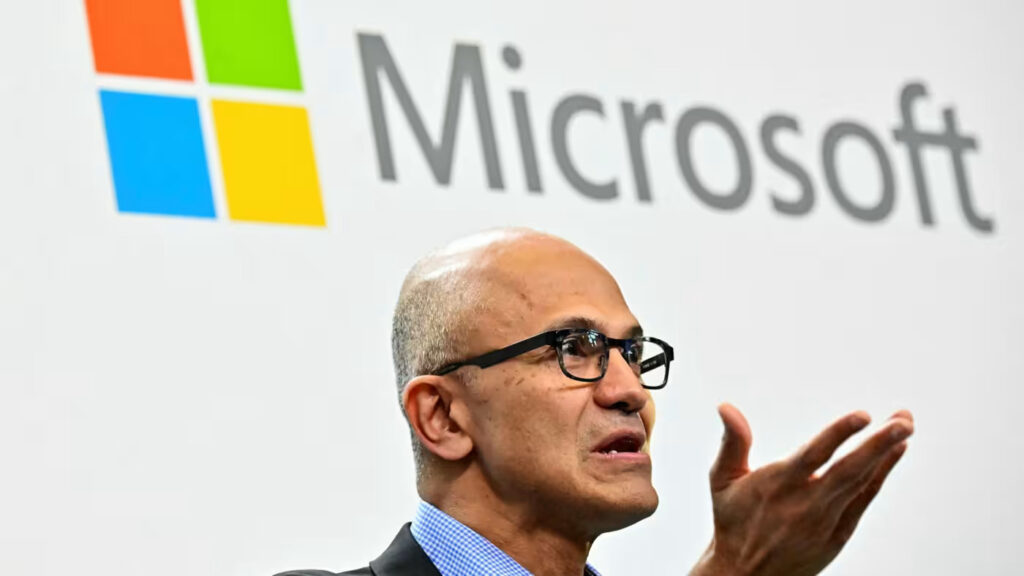
Microsoft initially planned to launch Recall in June 2024, aligned with the release of Copilot+ PCs. However, following heightened security concerns, the launch was postponed multiple times. Suggestions that Recall might appear in September were followed by yet another deferral to October, with the most recent update pushing the timeline to December.
As reported by The Verge, Microsoft has been using the Windows Insider Program to test the feature rigorously before releasing it to a broader audience. This phased approach allows Microsoft to gather user feedback and make real-time adjustments based on privacy-related concerns raised by Windows Insiders. Microsoft also assures users that Recall can be uninstalled completely if desired.
What’s Next for Microsoft and Recall?
With each delay, Microsoft appears to be signaling its determination to prioritize security and user trust over hasty deployment. The coming months will reveal whether Microsoft can achieve the delicate balance needed to make Recall both a groundbreaking tool and a secure feature for all users.
For now, Windows Insiders and privacy advocates will be watching closely, as Microsoft moves forward with what could be one of the most ambitious and contentious features it has developed in recent years.
